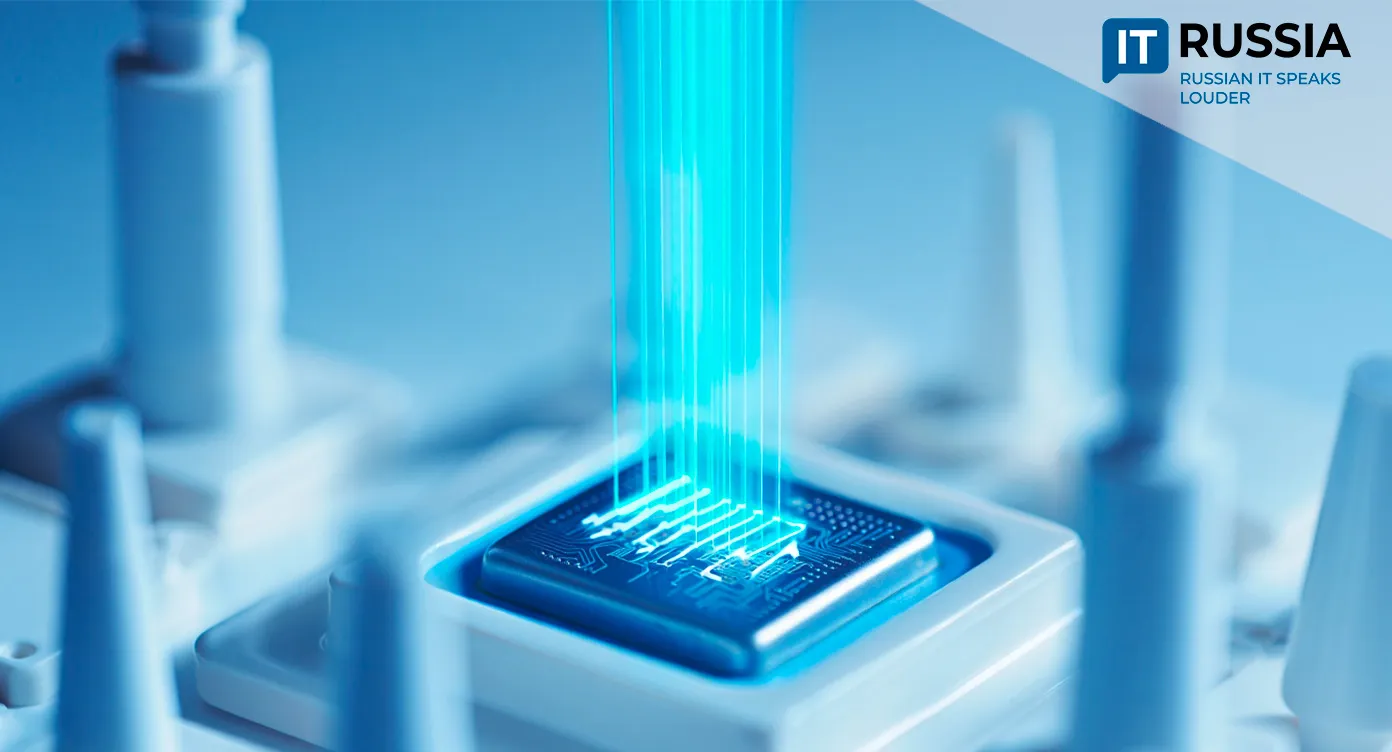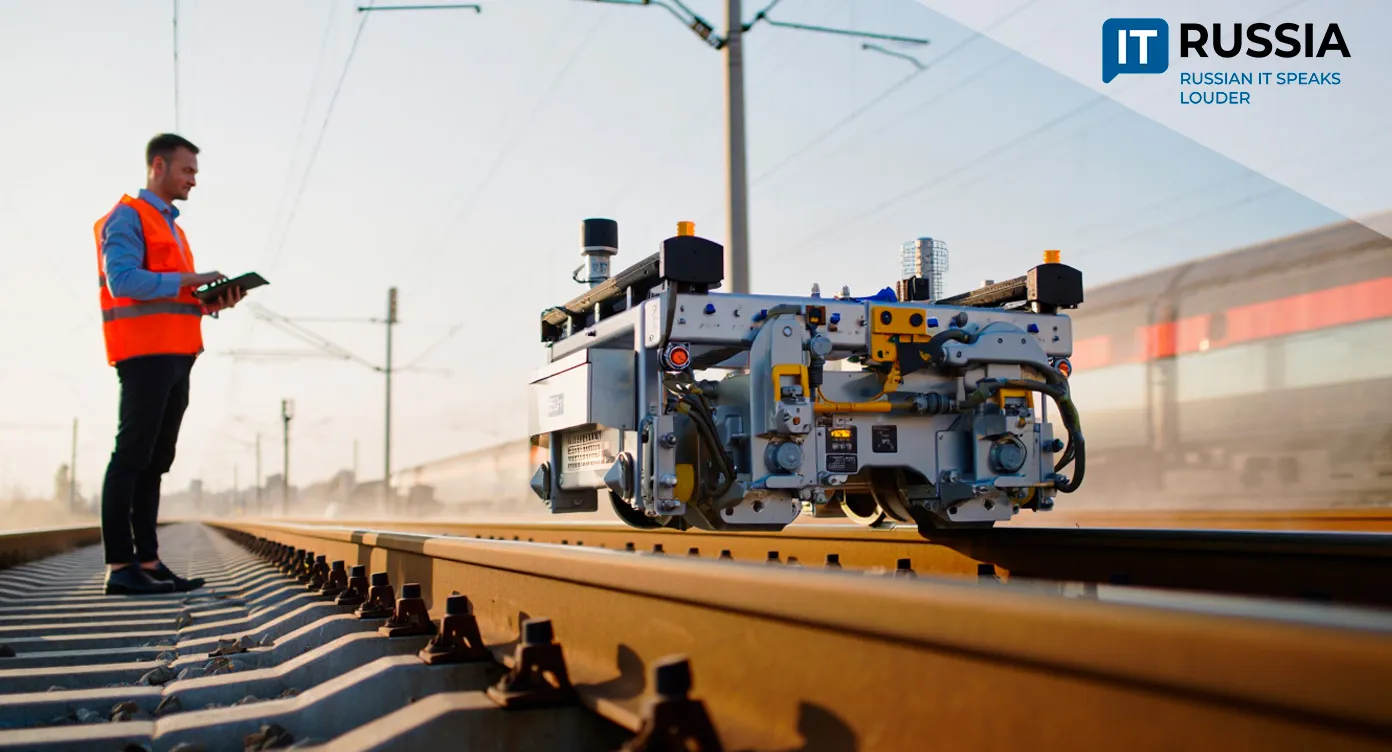Crawler Robot Passes Pipeline Tests at SIBUR Facilities
Russia’s industrial robotics sector takes another leap forward as a modular inspection robot successfully completes trials in SIBUR’s oil pipelines, paving the way for safer and fully automated maintenance of critical infrastructure.
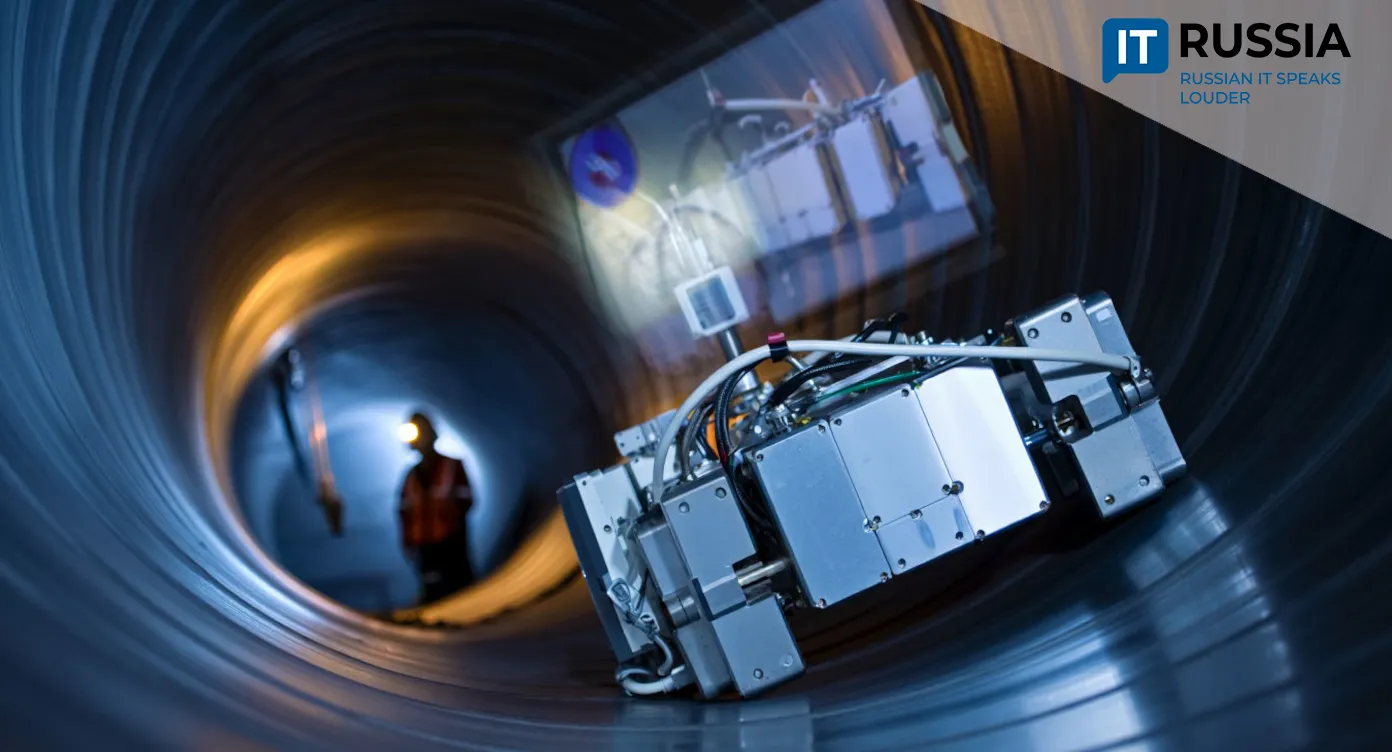
A Universal Engineering Breakthrough
The modular inspection robot, developed by Russian engineering company Tubot, has successfully passed certification and testing within SIBUR’s pipeline network. Designed for use inside oil pipelines with diameters ranging from 180 to 320 millimeters, the robot represents a new standard in flexibility, safety, and localization.
Built as a series of square steel modules linked by a cable, the crawler can be endlessly extended depending on the operational task. Each module carries its own motor and control unit, allowing operators to customize configurations — from inspection and cleaning to corrosion removal or internal painting. According to the developers, the system can be modified for virtually any industrial requirement.
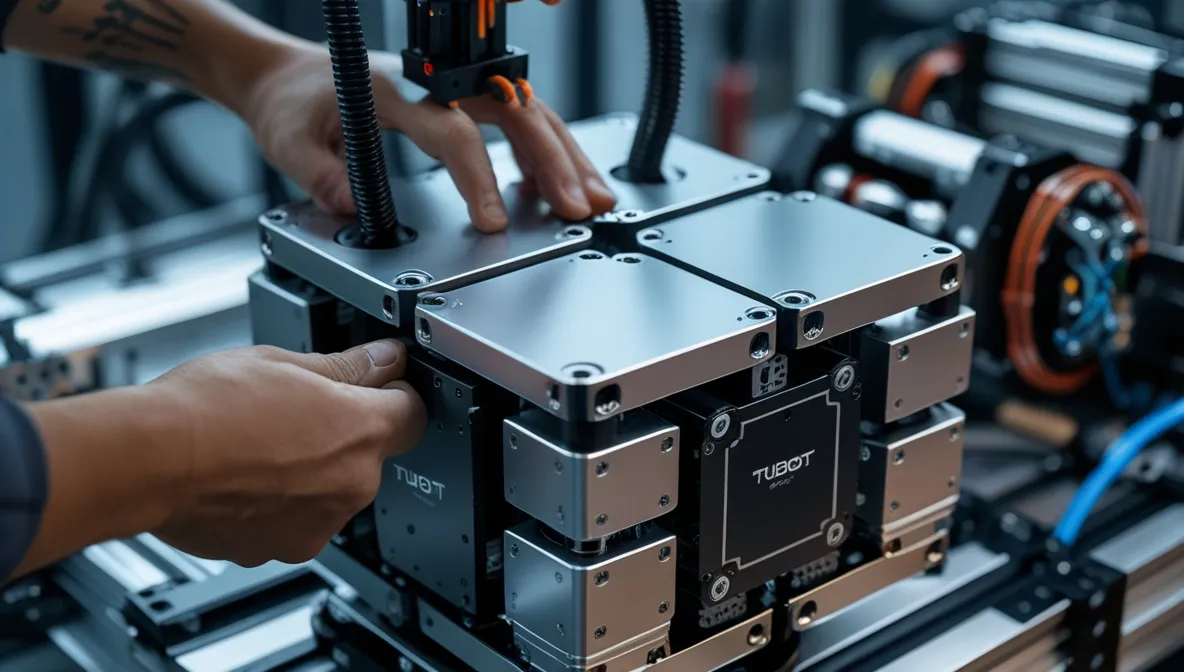
Made of aluminum and steel, the crawler features high explosion resistance and full sealing, ensuring it can operate safely in hazardous environments. Multiple electrical protection circuits prevent sparking inside oil pipelines, guaranteeing complete operational safety. Importantly, the design has a high degree of domestic content, making it both cost-effective and easily serviceable.
Boosting Efficiency and Industrial Sovereignty
The Tubot robot is a strong example of how Russian engineering solutions are replacing foreign technologies in critical industries. By automating diagnostics and internal maintenance, the system improves operational safety, reduces downtime, and extends the service life of pipelines. This advancement directly supports Russia’s broader strategy for technological independence and increased productivity in the energy sector.
Field application of the crawler is expected to minimize accidents, improve inspection accuracy, and streamline preventive maintenance. The introduction of such systems will also help scale domestic robotics manufacturing and strengthen the competitiveness of Russian engineering in the global industrial market.
A Growing Family of Industrial Crawlers
Tubot’s crawler is part of a broader trend in industrial robotics within the energy and utilities sectors. Similar modular systems are already being used across Russia. In 2024, St. Petersburg and other cities deployed “Gazproekt-DKR” robots to inspect heating networks before the winter season, scanning over 15 kilometers of pipelines. Equipped with optical and magnetic sensors, these crawlers can detect corrosion, dents, and welding defects, offering full visualization of pipeline conditions.
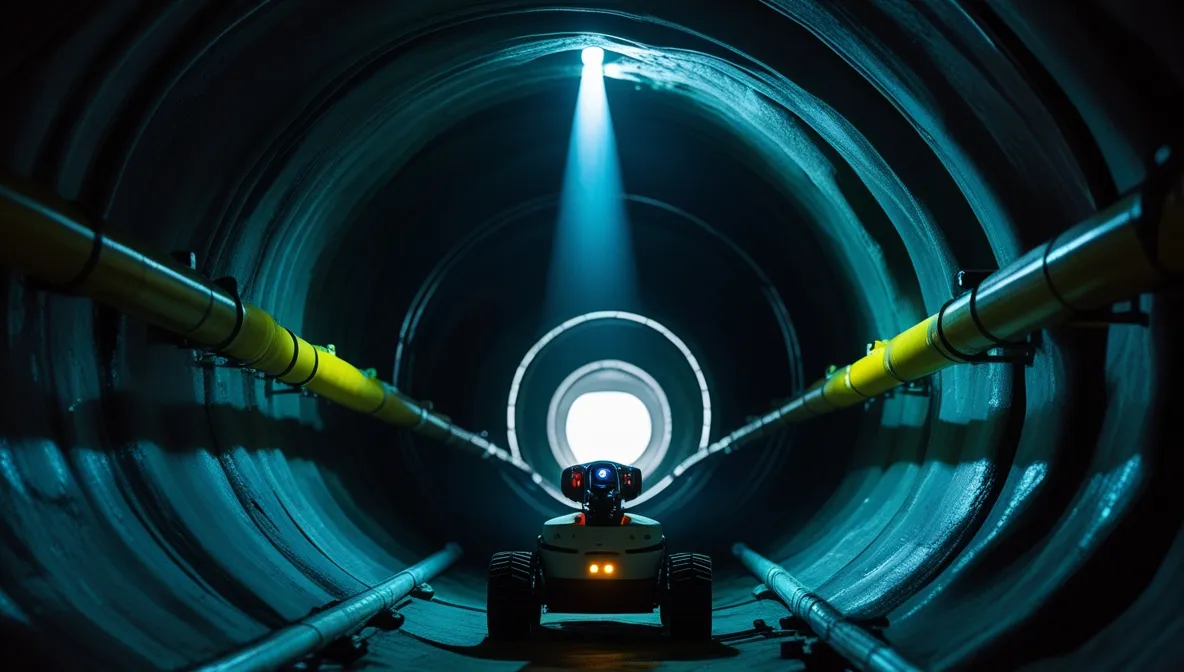
Another innovation, the “ER2D2” defect-detection robot developed by ENTE LLC for Gazprom Transgaz Chaikovsky, has been used since 2025 for gas pipeline inspections. Capable of operating in pipes with diameters from 1,020 to 1,420 mm, it records inspection results autonomously and can travel up to five kilometers without additional cleaning procedures.
Outlook and Global Opportunities
The Tubot project can now be positioned as a competitive diagnostic and maintenance solution for oil and gas pipelines, emphasizing explosion-proof design and high localization. Its modular architecture allows rapid adaptation for specific industry needs — from digital sensor integration and video inspection to coating analysis and integration into digital twin systems.

Given its design flexibility and operational reliability, Tubot could attract strong interest from international markets, particularly in the Middle East, Africa, and Central Asia, where pipeline infrastructure modernization is a priority. If the company launches commercial production and secures export contracts, it could become a major contributor to Russia’s industrial robotics exports.


















